Introduction
Poetry. Students tend to have strong feelings about it, some love the melodic rhythm and the eloquent way in which it encapsulates life and others hate it, either because they find it a snooze-fest and would rather read the dictionary, or they simply don’t know how to approach analysing it. Whatever boat you may be in, by the end of your study of Peter Skrzynecki’s New/Old World poems, you’re bound to have a new appreciation for the art that is poetry and find analysing poems less of a daunting prospect and more a something easy to nail.
Before we begin diving into Skrzynecki, I’d highly recommend that you check our LSG’s Ultimate Guide to VCE Text Response. It’s jam-packed with awesome, FREE advice for how to ACE Text Response.
Analysing Poetry in Old/New World
Unlike other forms of text, a collection of poems is not one continuous body of writing, instead a poetry collection is more like a series of vignettes, snapshots into poignant moments, in this case, of an author’s life. Whilst many students may struggle with this form and ask “How many poems do I analyse? Do I need to know all of them?”, poems are easier than most texts to prioritise and categorise into themes and often have a significant amount of metalanguage. And in answer to your questions, whilst its best you analyse the whole collection to some extent, knowing 10 or so strategically chosen poems really well, covering all themes and types should hold you in good stead for any question thrown at you in the exam.
Context
Peter Skrzynecki wrote his poems over a significant amount of time, starting in 1970 and ending in 2006. This has given the collection a unique perspective, not only demonstrating a migrant’s journey through narrative, but also by providing the different attitudes and feelings of belonging, experienced by one individual as they try to assimilate in their new world over a period of time. This gives us, as students, a wonderful opportunity to look deeper into the text and identify Skrzynecki’s differing positions in regard to identity, family and belonging, through the perspective from which he writes his poems at different stages of his life.
To learn more about the importance of context in VCE English, check out this blog post.
The Structure
Skrzynecki’s collection tends to feature three types of poem, by identifying these, analysing each piece can be made easier as similar types of poem often focus on similar themes. The three categories of poetry to look for are:
Nature Poems
Peter Skrzynecki showcases his connection to Australia through poems that depict often idyllic landscapes, or the lives of common fauna of Australia, such as birds and fish.
The Immigrant Experience
These poems such as Immigrants at Central Station, Migrant Hostel and The Polish Immigrant offer an insight into the emotionally turbulent and difficult journey migrants go through to live in Australia. These poems also demonstrate the experiences of relief and joy felt when arriving, as well as emotions of fear, trepidation and disconnect in regards to both their new home and their old world.
Family Poems
Often the most emotionally pulling, these poems tug at the heartstrings and showcase the relationships between Peter Skrzynecki and his family, as well as his exploration of his heritage, his ties to his Polish background.
The new/old world structure, similar to the old and new testament of the bible are used to highlight the old world of Skrzynecki’s Polish roots and childhood, whilst the new world is his new life in Australia.
Recurring Characters in Old/New World
Peter Skrzynecki
The author of this text, as well as a character in his own right, Peter describes his triumphs and struggles of immigrating to Australia in his poems.
Feliks Skrzynecki
The Polish adopted father of Peter, a “gentle man” who immigrated to Australia with him family from Germany often demonstrates the struggle of the older generation to fully ‘belong’, as they have grown up amongst different customs. This difference in the two generations’ assimilation is depicted in the poem Feliks Skrzynecki, as we see Feliks as attached to his Polish customs and traditions, as he “reminisce[s]” with his Polish friends. We also discover that he struggles with the English language, is a hard worker and has had cancer twice in his foot. Peter in comparison is seen to have far more of a disconnect with his Polish ancestry he “inherited unknowingly” and forget his “first Polish word” as he learns of a culture “further South of Hadrian’s Wall”.
Themes in Old/New World
As we all know, themes are an integral part of Text Response overall, and that still rings true for Skrzynecki’s poetry. To learn more about how to implement themes into different types of Text Response prompts, check out our blog on LSG’s Five Types of Text Response Prompts!
Belonging
One of the most central themes of Skrzynecki’s poems is that of belonging. As the poems detail an immigrant’s emotional journey, alternating between feeling that they belong and don’t belong, we are invited to grapple with what it means to belong both mentally and physically as well as what elements are required to feel a sense of belonging in community and country.
Identity
Identity is another central theme, one that runs closely to that of belonging, as a main part of one’s identity is the culture/place/family to which they feel they belong. Old/New World: New and Selected Poems explores the formation and changes in a migrant’s sense of identity as they try to find belonging in their new Australian home as well as later, when they try to reconnect with their European heritage. To explore the theme of identity it’s best to break it down into several influential factors, which are listed below:
Place
The surroundings in which a person finds themselves, as well as the place they call home is an essential part of identity, as it showcases what place one identifies with and feels safe in. Several of the poems are set in places of transition, such as at a train station, this helps to emphasize the displacement some migrants may feel as they struggle to acclimatise to their new home. In poems such as Immigrants at central station Skyznecki illustrates an environment of anxiety and trepidation, however, he finishes the poem with sentiments of hope of the new future, the new world the immigrants were travelling to, along “glistening tracks of steel”.
Heritage
An individual’s heritage, that is the places and people from which they come to identify with, is seen to have a profound impact on the characters in Skrzynecki’s poems. There are several poems set in graveyards or in Europe where Peter questions his knowledge of where he came from, and his sense of connection to these people and places. One of the most interesting set of poems regarding heritage is the poems regarding the different sections of a graveyard for the different groups, through this Skrzynecki touches on how most will never fully part with their heritage, instead, even in death, most will reconnect with their upbringing and hold on to their roots.
Customs
The difference in a cultures’ customs is a struggle seen throughout the text. However, customs are also seen to be the way in which migrants make themselves at home whilst being able to still identify with their past. Through the generational gap between Peter and his father, we can identify the difficulty older generations may have in letting go of customs, whilst the younger new Australians often find it far easier to attach themselves to new traditions.
Language
An integral part of identity and in cultivating a sense of belonging is the language that we speak, as the way in which we are able to communicate ourselves and who we have accessible conversation has a large impact on one’s sense of belonging or disconnect from a culture . This is due to language barriers’ ability to foster or inhibit connection. We see this as Peter demonstrates his struggle at times to identify with his Polish roots, symbolised in his loss of Polish language as he “forgot [his] first Polish word”. Despite his father repeating it until he never forgets, this forgetfulness illustrates the effort which is often required to remain connected to heritage when physically distant from it. Language’s ability to also expose the differences between people and make them feel like outsiders is also explored in First day of school and The Polish Immigrant as people such as teachers struggle with the pronunciation of Polish names and inevitably have to ask “boy, how do you pronounce that?”. We see through these poems how disconnect can be fostered due to the struggle of communication as the picking apart of their names make the new immigrants feel “tired”, “embarrass[ed]” and as if their name was that of a “European disease”. Language is also seen to hold migrants back as seen in Migrant Bachelor where a lack of a familiar language relegates a migrant to “factory chimneys and punch card clocks” which “ask no proof of speech”. This struggle with language, both the disconnect and joy that comes with communicating and the opportunities it affords individuals, is essential in determining how one identifies themselves.
Family/Ancestry
How connection to family members and knowledge of ancestry impacts sense of identity is investigated through many family poems and through Skrzynecki’s somewhat frequent admissions of remorse in regard to not knowing the history behind objects or people. We also see how a difference in sense of belonging can affect relationships, in that we see Peter and his father don’t have the closest of relationships, likely due to Peter feeling he belongs to Australia whilst Feliks still had strong connections to his Polish upbringing. We also see this regret of disconnect when Skrzynecki writes about his mother and the photograph he has of her and the man that was his father, and how he wishes he had asked about it more. Whilst Skrzynecki mainly describes the immigrant experience in his poems, we can also find an overarching warning to not take loved one, and their knowledge for granted, as often we don’t have them for as long as we would hope.
Memories
Skrzynecki often reminisces about his childhood and uses it as a way to explore both his experience in his new world of Australia, and his old world of his Polish roots. We see Skrzynecki in Migrant Centre Site, revisiting the location where he first lived after arriving in Australia, noting that there was nothing to “commemorate [their] arrival”, this perhaps demonstrates his desire for a legacy, to leave a footprint of the journey so many “thousand” migrants travelled and not just a “slab of cement” as if his home was a dead “cemetery”. He also reminisces in Old Hostel Site where he explores the “immense souvenirs” and “unclaimed baggage” that is one of the first sites in Australia his parents arrived at. Using this jargon regarding travel, Skrzynecki reminds readers of the many miles migrants often have to travel to reach Australia.
Nature
Skrzynecki often uses nature to symbolise the migrant experience, as demonstrated by the birds in his poem Migrant Hostel. In this poem migrants are compared to a “homing pigeon/circling to get its bearings” as Peter remarks on the struggle of taking someone out of their previous home, like an animal out of its natural habitat.
Nature is also a major element in Skrzynecki's effort to become an Australian poet, his frequent referencing of Australian landscapes signposting his journey to identify as an Australian, as well as an Australian poet.
Hope and Loss
Not only does Skrzynecki detail the hope for a new future and loss of home common in a migrant’s experience, his poems also cover other common situations of love and loss, such as his emotional poem Leukemia which details the journey of his father as a leukemia patient. This shows belonging and identity in a far different light, not in relation to a country but being identified by your sickness which “owns your name”. This explores the common experience where a patient feels defined by their condition and struggles to imagine/remember what life is like as a healthy individual.
Metalanguage, Symbols and Motifs in Old/New World
• Feliks Skrzynecki’s garden: due to his strong bond to his Polish roots Feliks arguably never felt a sense of belonging in Australia. Instead we find he creates a sense of belonging by cultivating a home of his own, a garden.
• Skrzynecki often uses the natural world such as fish and birds to mirror the migrant journey.
• Skrzynecki litters his poems with heirlooms such as watches, hammers and photos, often to illustrate how despite having these possessions Peter frequently finds that he doesn’t know the full story of his heritage and his parent’s life. In his rediscovery of the heirlooms we often see his disconnect from his background and his regret of not learning more about it.
• The use of a colloquial idiom of “kept pace only with the Joneses'' in Feliks Skrzynecki, to reference how his belonging only feels surface deep. However, as they are only the Joneses of “his own mind’s making” it also showcases his commitment to not simply copy and to still be individual.
• Skrzynecki often uses places of transit such as train stations or hostels to showcase the uncertainty often experienced in a migrant’s journey.
Quick Tips
- Research the places referenced in Skrzynecki poems such as Mt Warning
- Learn to spell the authors last name
- Don’t just analyse the poems individually, try and see the big picture and apply the overarching themes
For a more detailed guide on how to ACE VCE Text Response, I think you’d love the free sample of our top-rated eBook, How To Write A Killer Text Response! To download, simply fill out the form below!
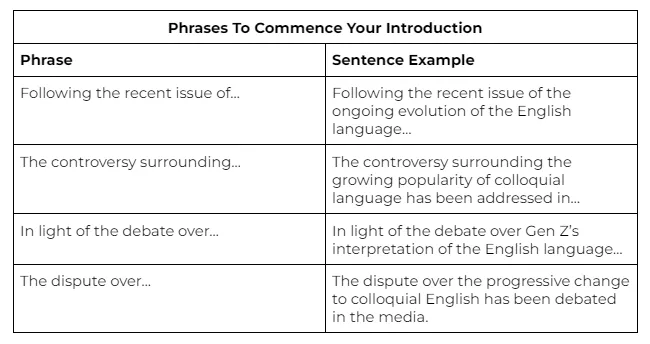
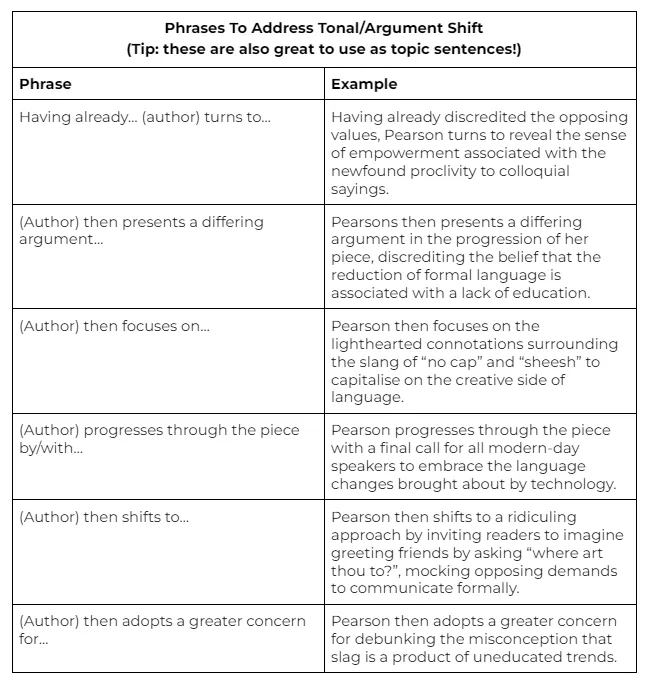

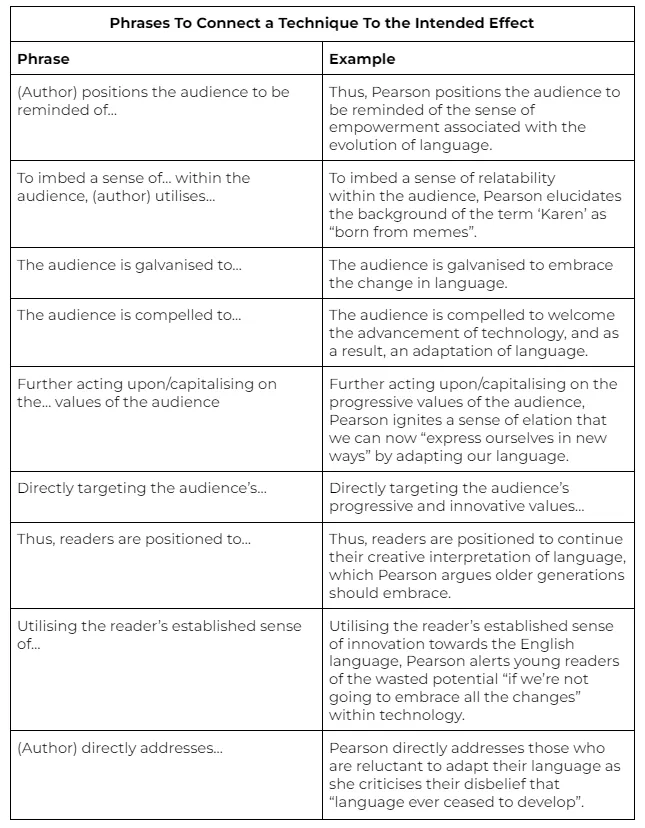
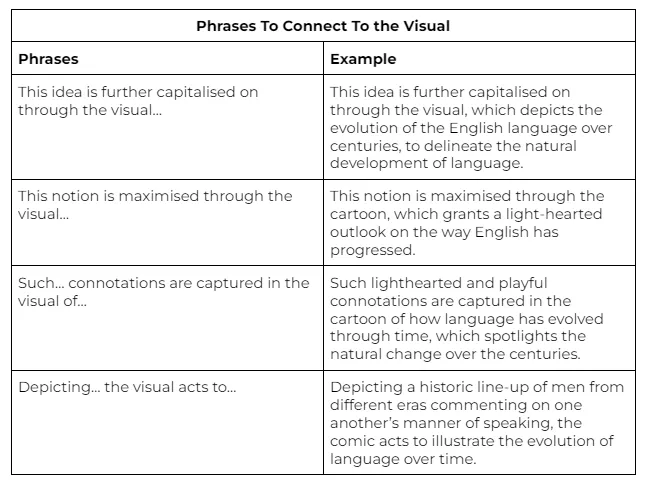
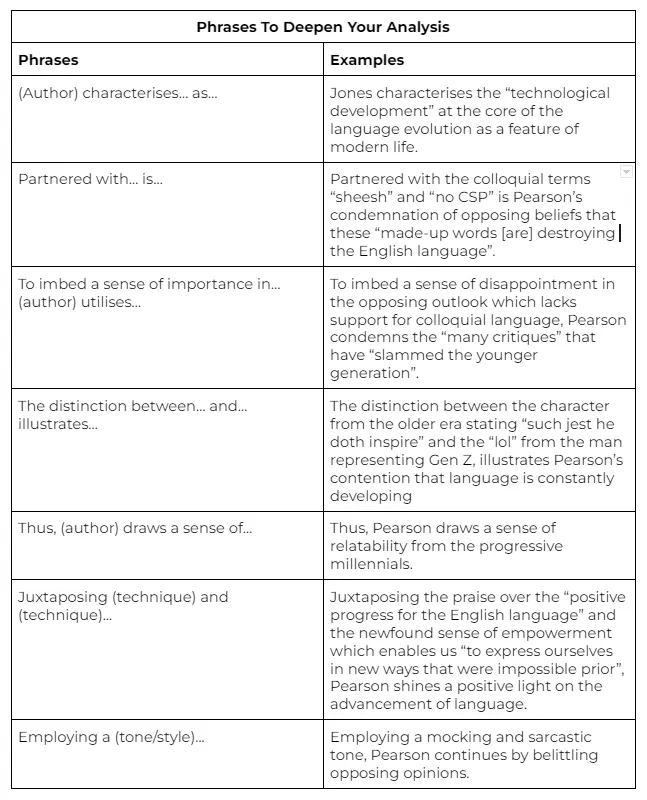




.png)




.jpg)